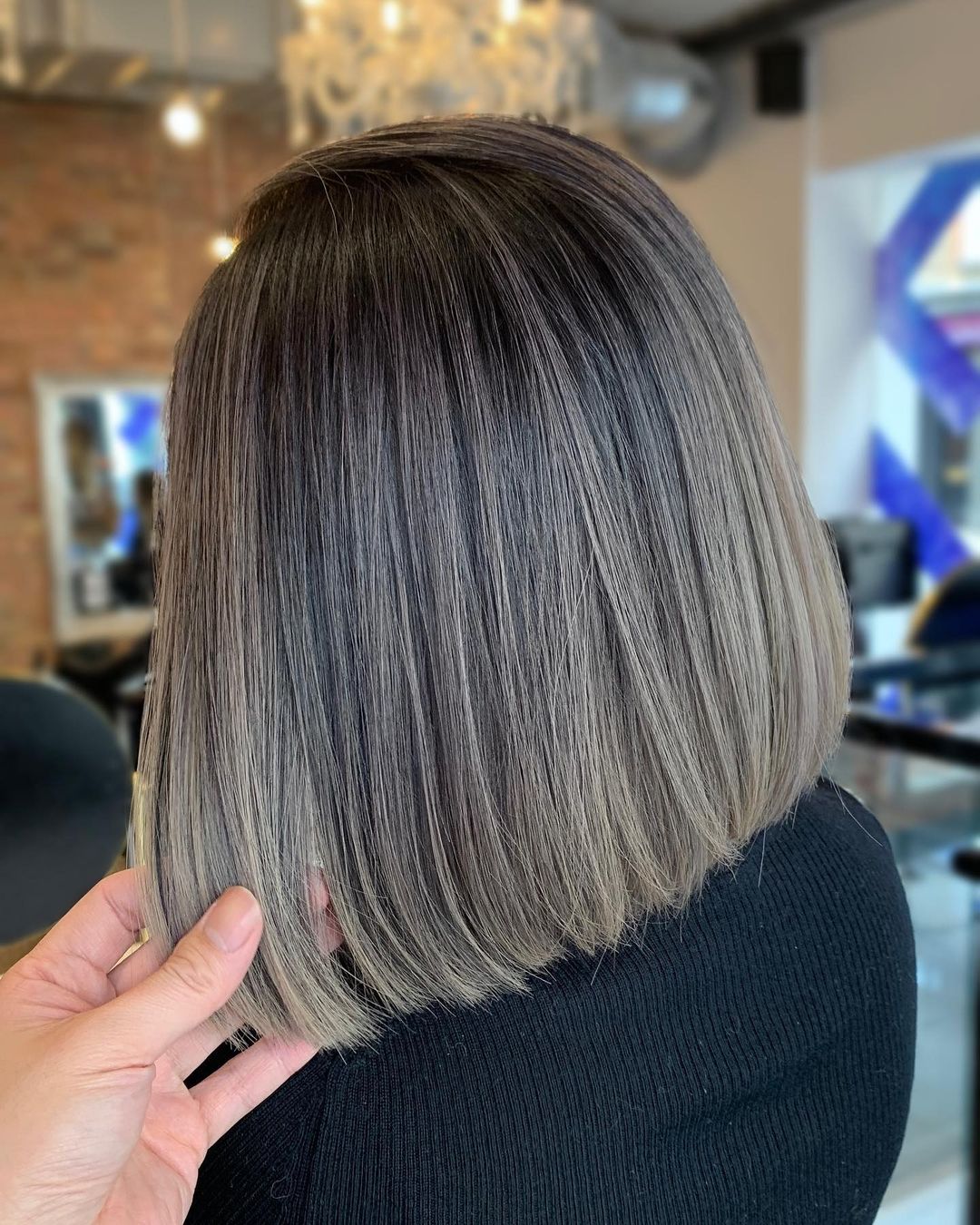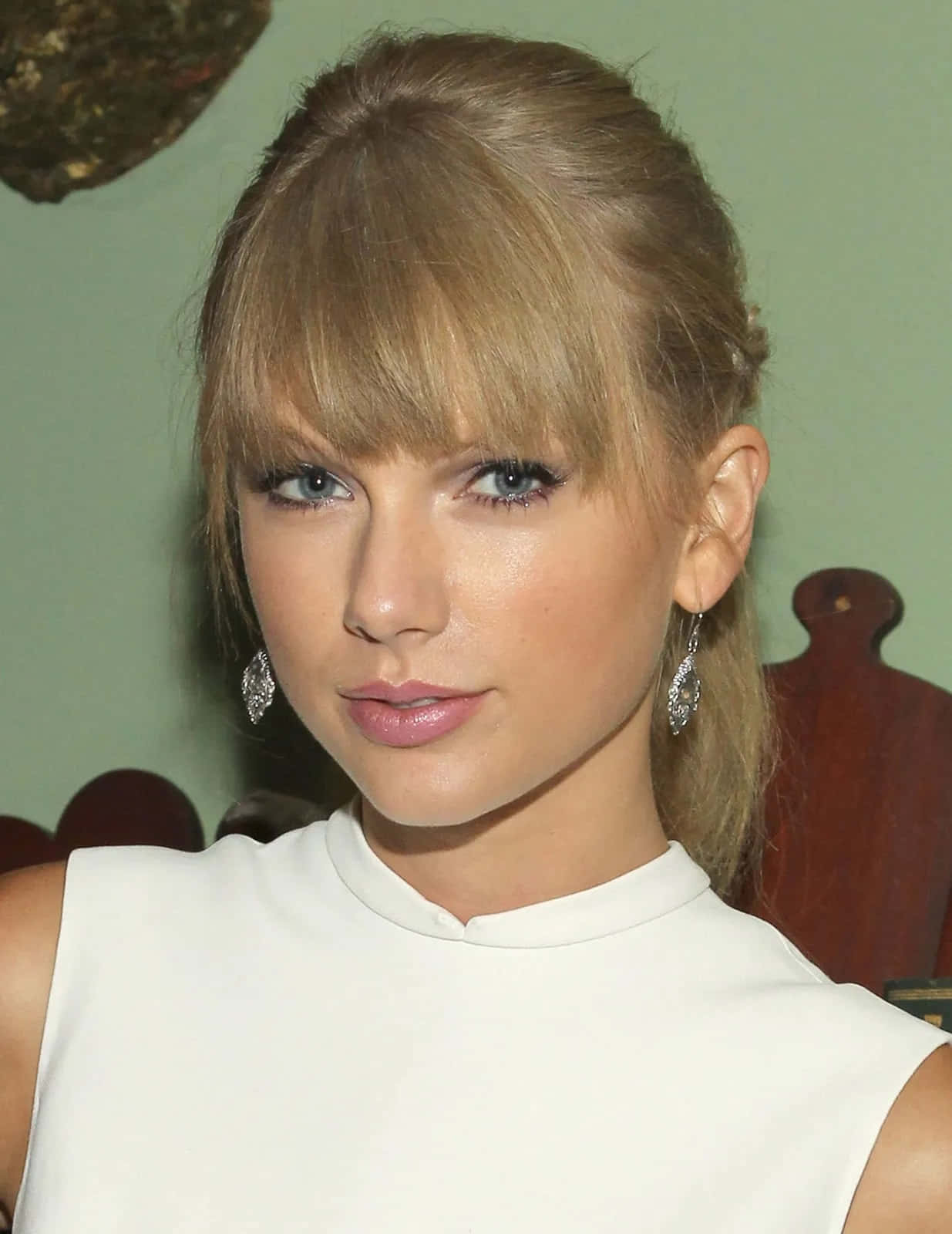Choosing the Best Martial Art: Expert Guidance for Self-Defense, Fitness, and Competition
Introduction: Why Choosing the Right Martial Art Matters
With a vast array of martial arts available worldwide, selecting the best form is a deeply personal decision. Each discipline offers unique benefits, from practical self-defense and physical fitness to mental discipline and cultural enrichment. This article provides an evidence-based overview of the most prominent martial arts, how they compare in different contexts, and step-by-step guidance to help you choose the best option for your needs.
Defining ‘Best’ in Martial Arts
The term ‘best’ martial art depends on your objectives. Are you seeking self-defense skills, improving physical fitness, cultivating discipline, or succeeding in competition? Each martial art excels in different areas, so clarifying your goals is the essential first step:
- Self-defense: Practical techniques to protect yourself in real-world situations.
- Fitness: Cardiovascular health, flexibility, and overall strength.
- Competition: Structured rules and pathways to local, national, or international tournaments.
- Personal development: Focus on discipline, confidence, and mental resilience.
Understanding your priorities will help you narrow down the most suitable martial arts style.
Overview of Leading Martial Arts Styles
The following are among the most respected and widely practiced martial arts, each offering distinct philosophies, techniques, and applications:
1. Muay Thai
Muay Thai is a striking art from Thailand, renowned for its powerful use of fists, elbows, knees, and shins. Training emphasizes conditioning, endurance, and practical self-defense, making it highly effective both in the ring and in real-world confrontations. Muay Thai is also a foundational element in many Mixed Martial Arts (MMA) training regimens. For beginners, classes typically focus on basic striking, defense, and clinch work, gradually building toward more advanced sparring and competition [1] [2] .
2. Brazilian Jiu-Jitsu (BJJ)
Brazilian Jiu-Jitsu specializes in ground fighting and submission holds, emphasizing leverage and technique over brute strength. BJJ is particularly effective for self-defense against larger opponents, making it accessible to practitioners of all body types. Training typically involves drilling techniques, positional sparring, and live rolling. Many schools offer introductory classes for beginners, with clear progression paths toward advanced techniques and belt ranks [2] [3] .
3. Karate
Karate is a traditional Japanese martial art focused on strikes, kicks, and blocks. It balances physical fitness, self-defense, and personal development, with a strong emphasis on discipline and respect. Karate dojos often provide structured curricula, clear ranking systems, and opportunities for both non-contact and full-contact competition. Beginners can expect to start with basic forms (kata), striking drills, and light sparring [4] .

Source: kingofkingslutheranchurchnnj.org
4. Krav Maga
Krav Maga was developed for the Israeli military and is designed for practical, real-world self-defense. Its techniques draw from boxing, wrestling, Aikido, Judo, and Karate, focusing on neutralizing threats quickly and effectively. Krav Maga schools often simulate real-life scenarios, teaching students how to defend against armed and unarmed attacks. Classes are suitable for all fitness levels, with a focus on situational awareness and rapid response [3] .
5. Taekwondo
Taekwondo , originating in Korea, is celebrated for its dynamic kicks and fast-paced techniques. It is an Olympic sport and one of the most widely practiced martial arts globally. Training improves flexibility, speed, and coordination, making it ideal for fitness and competition. Taekwondo schools offer structured belt systems and frequent opportunities for sparring and tournaments [1] [2] .
6. Kung Fu
Kung Fu encompasses a broad range of Chinese martial arts styles, each with its own philosophy, forms, and techniques. Kung Fu can be highly athletic and acrobatic or slow and meditative, depending on the style. It provides a deep cultural and philosophical experience, with techniques that include strikes, kicks, joint locks, and weapons training. Beginners should research local schools to find the sub-style that best fits their interests [1] [2] .
7. Mixed Martial Arts (MMA)
MMA blends techniques from striking and grappling arts, including Muay Thai, Boxing, Wrestling, and BJJ. It is most visible in organizations like the UFC. MMA gyms offer comprehensive training that covers stand-up, clinch, and ground fighting. While demanding, MMA provides well-rounded self-defense skills and a path to amateur or professional competition. Most gyms offer introductory programs for beginners [2] .
How to Choose the Best Martial Art for You
The most effective way to select a martial art is to identify your priorities and match them to the strengths of each discipline. Here are actionable steps:
- Clarify your goals: Define whether you want self-defense, competition, fitness, or personal growth.
- Research local schools: Search for reputable martial arts schools in your area. Use search terms such as “Muay Thai gym near me,” “Karate dojo in [your city],” or “Brazilian Jiu-Jitsu academy [your city].”
- Visit and observe classes: Most schools welcome prospective students to observe or try a free introductory class.
- Assess instructor credentials: Look for schools with qualified instructors who are certified by national or international governing bodies. Ask about their experience and teaching philosophy.
- Evaluate class structure: Ensure the school offers beginner programs and a clear path for progression.
- Consider costs: Training fees can vary. Request a breakdown of monthly dues, equipment costs, and any additional fees. Many schools offer introductory packages or discounts for new students.
- Try multiple styles: If possible, explore different martial arts to find the one that resonates with you physically and mentally.
Examples and Real-World Applications
For self-defense, Krav Maga and Brazilian Jiu-Jitsu are highly regarded, with law enforcement and military agencies frequently incorporating these disciplines into their training. For fitness, Muay Thai and Taekwondo offer demanding cardiovascular workouts. If your interest is in discipline and character development, Karate and Kung Fu provide structured environments with philosophical depth.
For instance, a beginner in Muay Thai will usually start with fundamental striking and conditioning drills, gradually advancing to controlled sparring. In Brazilian Jiu-Jitsu, initial classes focus on positional escapes and basic submissions, with live rolling introduced as the student develops confidence and skill. In Taekwondo, students learn basics through repetitive forms (poomsae) and non-contact sparring, progressing toward competitive matches if desired [1] [3] .

Source: bestbuy.com
Common Challenges and Solutions
Physical limitations: Many martial arts can be adapted for all ages and abilities. Brazilian Jiu-Jitsu, for example, is popular among older adults and smaller individuals due to its emphasis on leverage and technique over strength.
Finding the right school: Quality varies. Research instructor backgrounds, student reviews, and visit schools before enrolling. Ask about safety protocols, especially if sparring is involved.
Cost concerns: While some martial arts require specialized equipment and uniforms, others, like Krav Maga, may have fewer requirements. Ask about trial classes, which are often free or low-cost, before committing to long-term payment plans.
Alternative Approaches and Additional Considerations
If you are unsure where to start, consider the following strategies:
- Attend open seminars or workshops often hosted by martial arts schools. These provide a risk-free way to experience different styles.
- Join online forums or local martial arts communities to learn from current practitioners. Many offer honest advice on schools, instructors, and training expectations.
- Consult with healthcare professionals if you have pre-existing conditions, to ensure your chosen art is safe for you.
Remember, there is no universal ‘best’-the right martial art is the one that aligns with your goals and fits your lifestyle.
Accessing Martial Arts Training: Step-by-Step Guidance
To begin your martial arts journey, you can:
- Identify your preferred style using the information above.
- Search online for reputable schools or dojos in your area, using terms like “[martial art] school near me.” Use platforms such as Yelp, Google Maps, or martial arts association directories for verified reviews and contact information.
- Contact schools directly by phone or email to inquire about free trial classes, schedules, and fees. Many schools are happy to answer questions and help you get started.
- Prepare for your first class by wearing comfortable athletic clothing if a uniform is not required. Bring water and arrive early to observe the environment and ask any additional questions.
- If you are interested in competition, ask the school about tournament participation and training pathways.
- For children, confirm that the school offers youth programs and check instructor credentials for teaching minors.
If you are unable to find a suitable school nearby, many reputable martial arts organizations offer online courses and resources. However, in-person instruction is generally recommended for safety and effective skill development.
Summary: Making an Informed Decision
Choosing the best martial art is a journey of self-discovery. By understanding your goals and researching available options, you can confidently select a discipline that offers both personal growth and practical benefits. Whether your focus is self-defense, fitness, competition, or personal enrichment, there is a martial art to suit your needs.
References
MORE FROM searchhole.com













